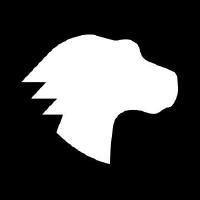208 reads
Pointer Events
by
June 5th, 2020

Mozilla (stylized as moz://a) is a free software community founded in 1998 by members of Netscape.
About Author
Mozilla (stylized as moz://a) is a free software community founded in 1998 by members of Netscape.